Stone cutters pollute the environment while constructing a sidewalk in a Hanoi neighborhood. (Photo: Hoang Hieu/VNA)
Air pollution has become a burning issue in urban areas, especially large cities such as Hanoi and Ho Chi Minh City. It is worth mentioning that this issue has been strongly directed by the Government, management agencies and experts have also met many times to discuss, "dissect" and identify the causes, thereby proposing solutions. However, the reality of pollution shows that there is still a lack of participation - drastic action from localities.
Faced with the above situation, many opinions say that it is time for localities to take urgent action, clarify responsibilities and have specific implementation goals. First of all, management agencies and localities need to report accurately on the pollution situation and take real, drastic actions through solutions such as prioritizing investment in monitoring systems and strictly controlling emission sources.
Alarming numbers about pollution
From October 2024 to now, Hanoi and some northern provinces continue to be affected by the air "pollution season". In fact, on March 25-26, there were times when Hanoi ranked first in the world in terms of air pollution (according to IQAir - an application that monitors air quality worldwide).
IQAir records show that there were times when the air quality index (AQI) in Hanoi was at a very bad level. Of which, fine dust (PM2.5) on March 25 was 23.6 times higher than the value according to the annual air quality guidelines of the World Health Organization. The place with the highest index was Quang Khanh street (Tay Ho district) with AQI of 277, a very bad level, warning of danger to health.
Data from the Northern Environmental Monitoring Center, at 1 p.m. on March 25, also showed that pollution has increased in most of the North. In particular, the AQI in Hanoi and Thai Nguyen cities was recorded at a bad warning level.
Yesterday, March 27, at 1 p.m., although the AQI index on the IQAir system showed that air pollution in Hanoi had improved, it still ranked 11th among the most polluted major cities, with an AQI index of 151; even some points in Tay Ho district (such as Ciputra E5, Quang Khanh), the AQI index reached 176 and 181 - the red warning threshold, unhealthy.
The latest report of the Ministry of Agriculture and Environment updated on March 27 also shows that air pollution in large cities is a problem that has been forming in recent years, mainly concentrated in two key economic areas - the North (around the "Capital region") and the South (around Ho Chi Minh City). The main components causing pollution are identified as road dust, exhaust from vehicles (especially old and dilapidated vehicles), PM10 dust and PM2.5 fine dust.
Analyzing the current acute pollution situation in Hanoi, Associate Professor - Doctor Luu The Anh, Director of the Institute of Natural Resources and Environment (Hanoi National University), said that one of the main reasons is the rapid growth in the number of personal vehicles (cars, motorbikes) in recent years, while the transport infrastructure, especially the public transport system, has not met the requirements; construction activities are taking place a lot and emissions from neighboring localities have also aggravated the pollution situation and degraded urban air quality.
Another reason why air pollution in urban areas, especially Hanoi, has not been thoroughly resolved is that local authorities have not been resolute and have not allocated enough financial resources to synchronously implement solutions; the establishment and implementation of development plans are also not synchronous, lacking feasible environmental protection solutions.
At a recent meeting with the Department of Environment, Minister of Agriculture and Environment Do Duc Duy also said that the work of digitization and building a database related to the environment is still slow and does not meet practical requirements; monitoring data has been sent to management agencies but pollution still exists.
Operations of a cement factory in Do Luong district, Nghe An province. (Photo: PV/Vietnam+)
Even the head of the Ministry of Agriculture and Environment raised a thought-provoking issue: “Comrades who inspect cement factories are the most noticeable. Although the monitoring data is fully reported, just by looking at it with the naked eye, you can still see the trees around the factory area covered in white dust...”
There needs to be concrete, drastic action.
Sharing from an expert perspective, Dr. Hoang Duong Tung - Chairman of the Vietnam Clean Air Network, said that air pollution is an urgent issue, the longer it is left, the greater the impact on health and all aspects of socio-economic life; the more expensive it is to minimize and overcome.
Faced with the above situation, Mr. Tung proposed that localities, especially Hanoi, need to make significant financial investments in a focused manner, prioritizing pollution reduction programs such as green transportation and clean fuel use; eliminating institutional bottlenecks to mobilize sufficient financial resources to solve sustainability issues in the capital (according to the Capital Law).
Along with that, it is necessary to invest funds to complete the air monitoring system through adding air monitoring stations around the inner city and some suburban districts; piloting the deployment of a sensor monitoring system throughout the city to detect hot spots; piloting amendments to the financial mechanism to maintain a continuous monitoring system...
Minister Do Duc Duy also said that environmental protection work does not stop at building institutions and legal documents, but also includes programs, plans, projects, and directing environmental protection measures from the central to local levels. Therefore, assigned units need to specifically report on the implementation of tasks in the coming time in the environmental sector, in which it is necessary to clearly state the amount of work completed, how much is left, and solutions to complete key tasks.
The head of the Ministry of Agriculture and Environment also mentioned the need to build and deploy an automatic environmental monitoring system nationwide and digitize the environmental database. According to Mr. Duy, analyzing data from the monitoring system will help make timely pollution treatment decisions, ensuring a sustainable living environment for people.
At the conference to discuss solutions to reduce air pollution in major cities of Vietnam, held on March 27, Deputy Prime Minister Tran Hong Ha also emphasized that air pollution is a very important and urgent issue, so more specific and drastic actions are needed.
“We already have a law (Law on Environmental Protection 2020), and we also have instructions from leaders at all levels, but without specific and drastic actions, the situation will not change,” Deputy Prime Minister Tran Hong Ha noted, saying that it is necessary to have a specific action plan with clear goals and appropriate investment options and that it must be implemented immediately.
The Deputy Prime Minister also suggested an action plan with the goal of reducing some air pollution indicators by 10% to 20% compared to current levels by 2025 and the next 5 years. The indicators must be built on international standards, ensuring that they do not cause serious impacts on human health.
Along with that, localities, especially Hanoi and Ho Chi Minh City, need to have detailed reports on the air pollution situation in their cities, the main causes of pollution, clarify the responsibilities of relevant agencies and specific solutions that localities will implement immediately.
The Deputy Prime Minister said the Government will provide maximum support to localities in implementing measures to reduce air pollution and will closely monitor and inspect the progress of the solutions.
Source: https://baobinhphuoc.com.vn/news/12/170841/giai-bai-toan-o-nhiem-khong-khi-phai-bao-cao-dung-hanh-dong-thuc-chat


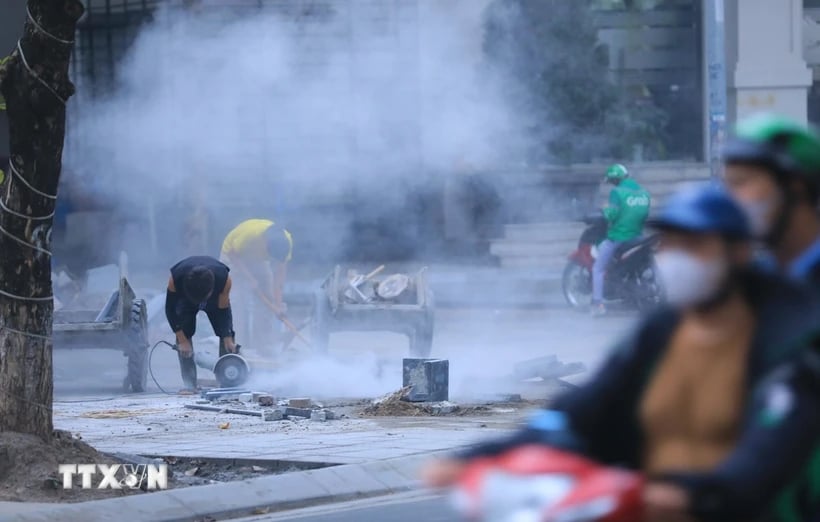

![[Photo] Close-up of Vietnam's sniffer dog team searching for earthquake victims in Myanmar](https://vstatic.vietnam.vn/vietnam/resource/IMAGE/2025/4/1/d4949a0510ba40af93a15359b5450df2)

![[Photo] General Secretary To Lam receives King Philippe of Belgium](https://vstatic.vietnam.vn/vietnam/resource/IMAGE/2025/4/1/e5963137a0c9428dabb93bdb34b86d7c)
![[Photo] Prime Minister Pham Minh Chinh meets with King Philippe of Belgium](https://vstatic.vietnam.vn/vietnam/resource/IMAGE/2025/4/1/be2f9ad3b17843b9b8f8dee6f2d227e7)
![[Photo] President Luong Cuong and King Philippe of Belgium visit Thang Long Imperial Citadel](https://vstatic.vietnam.vn/vietnam/resource/IMAGE/2025/4/1/cb080a6652f84a1291edc3d2ee50f631)

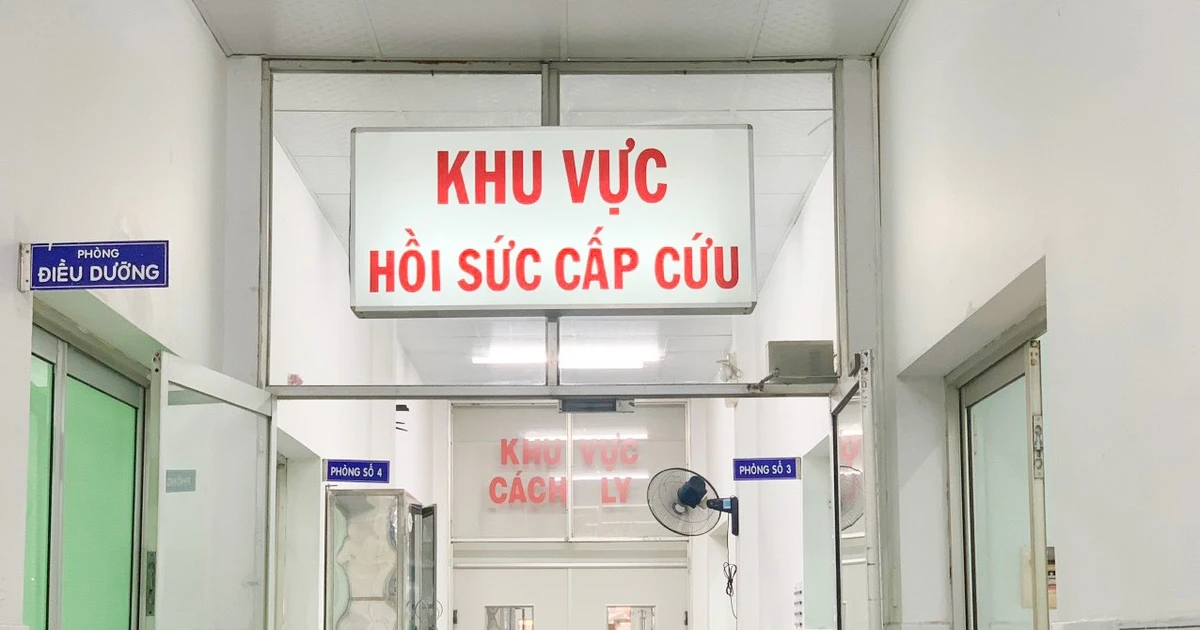

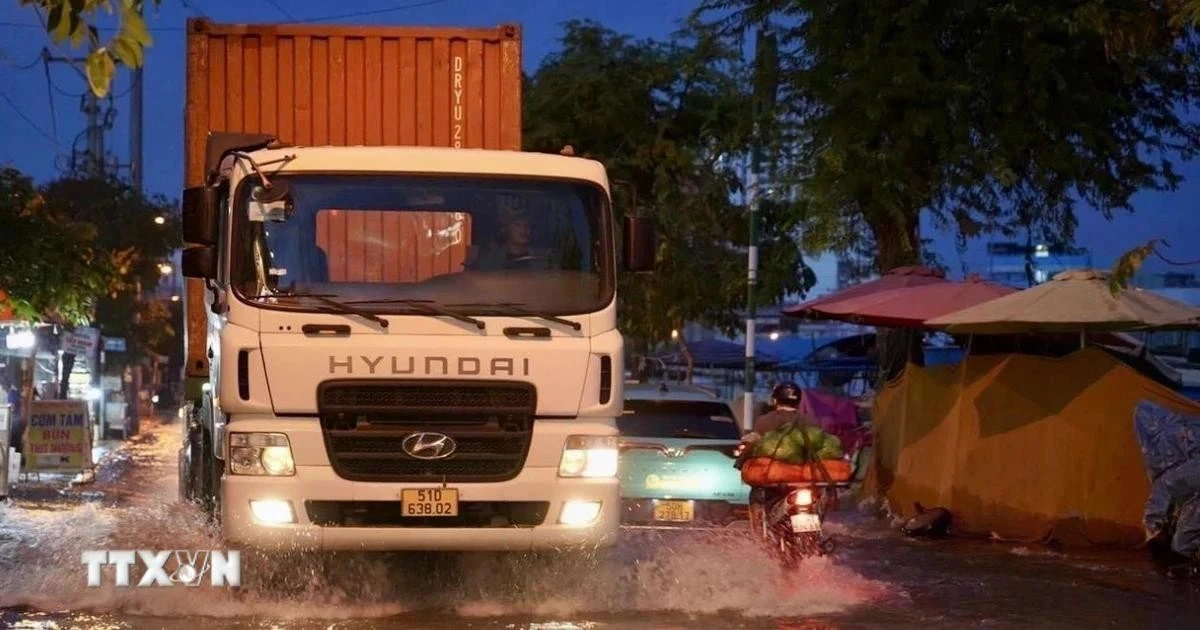

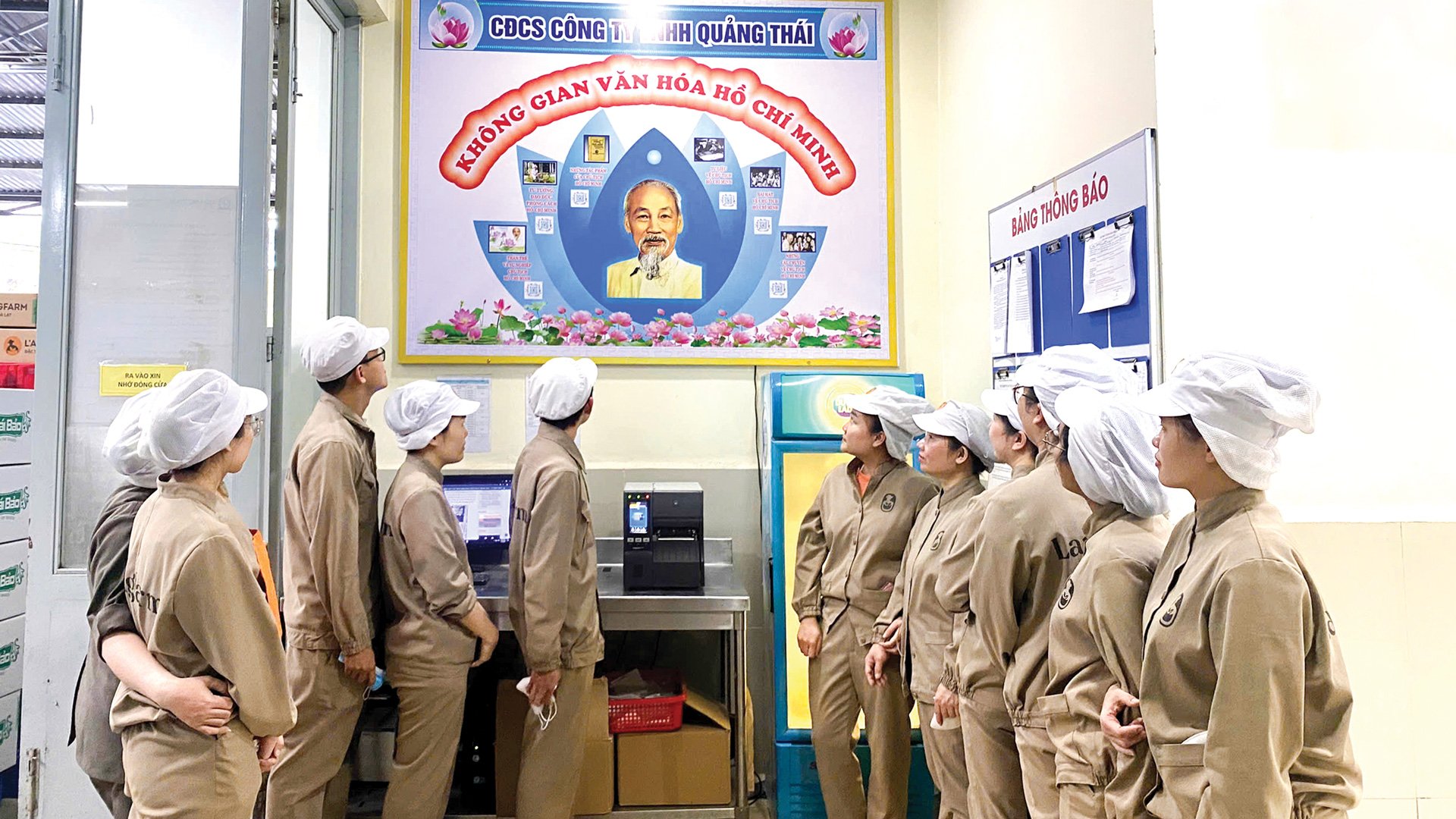





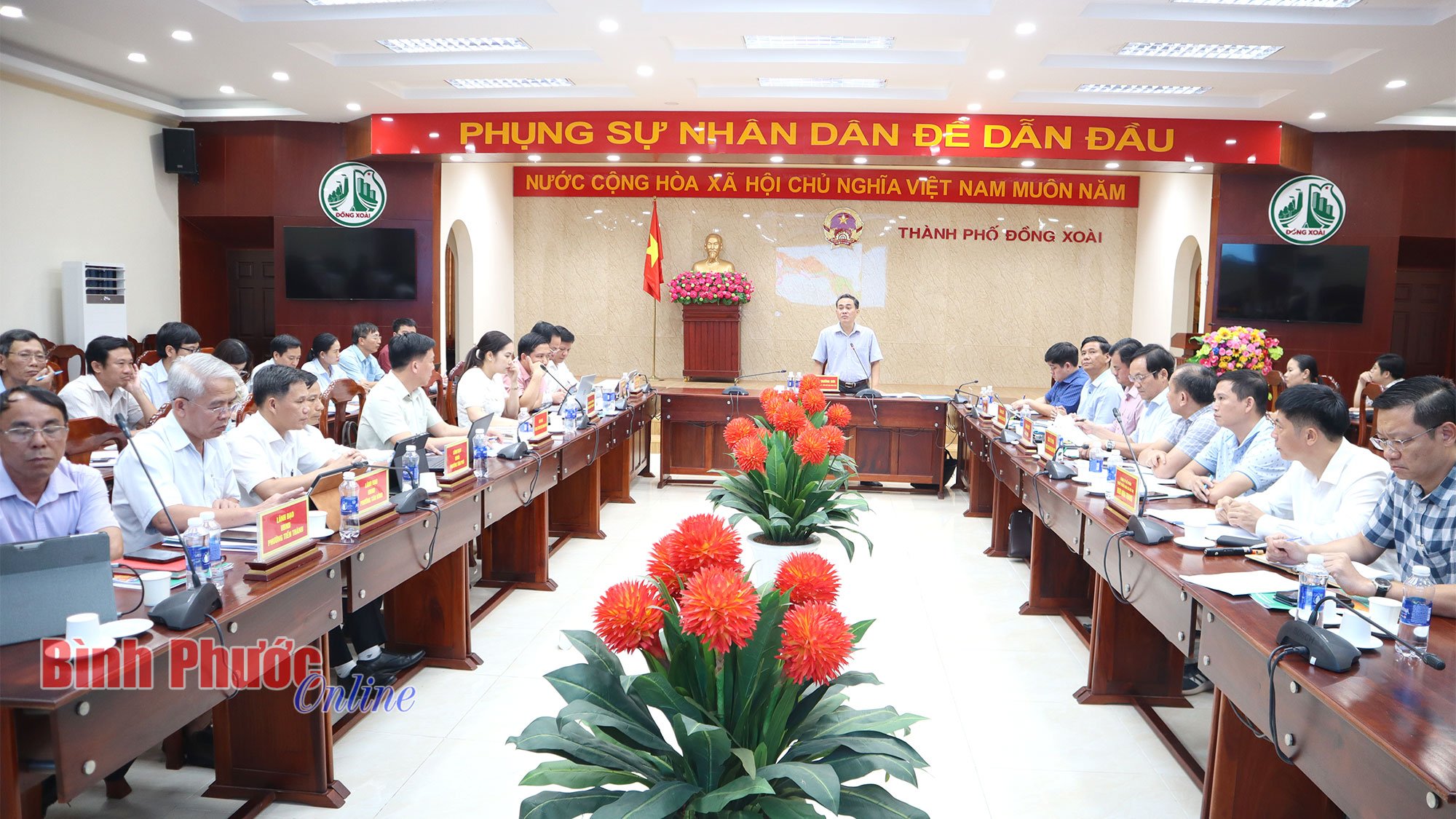

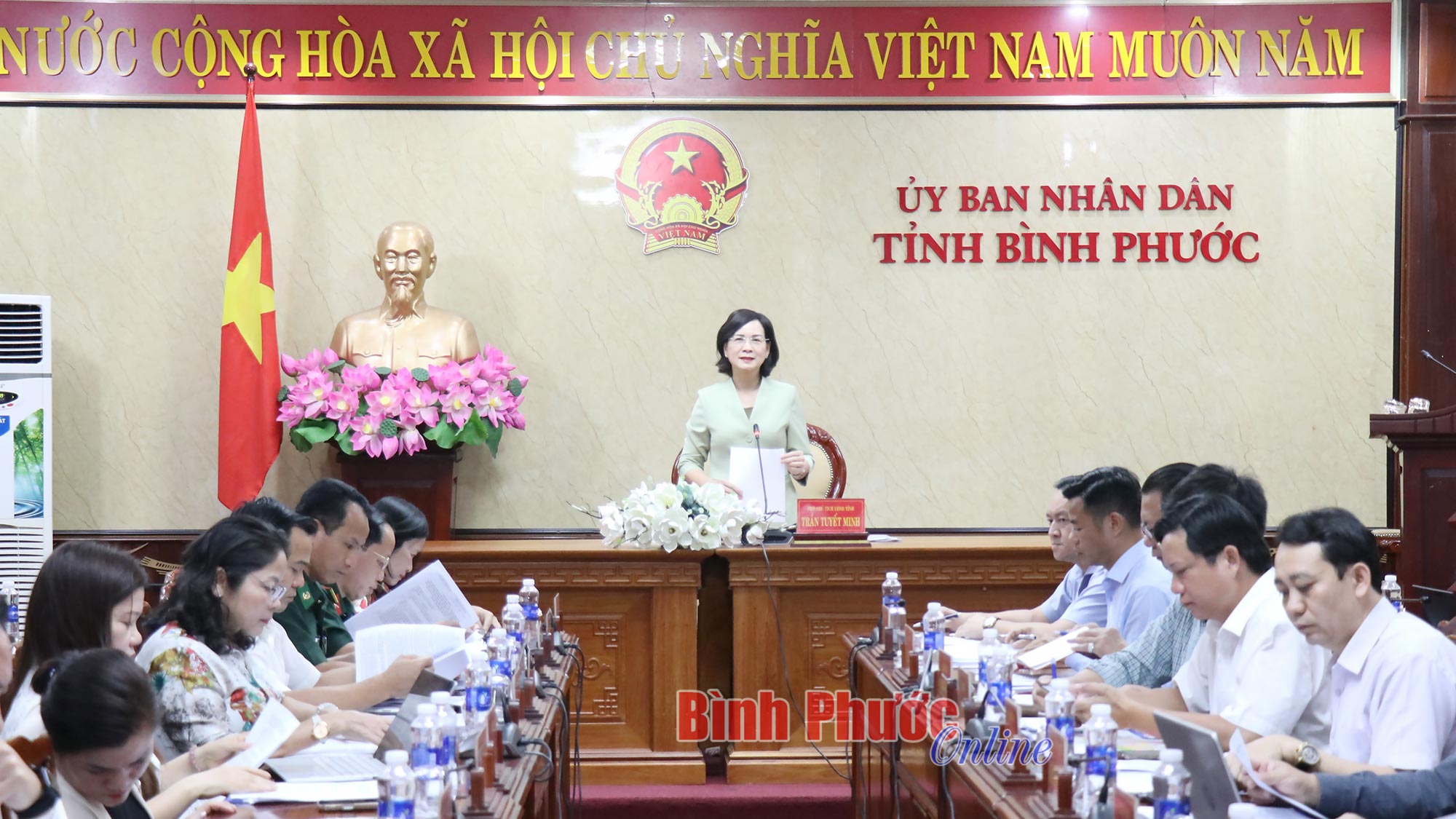


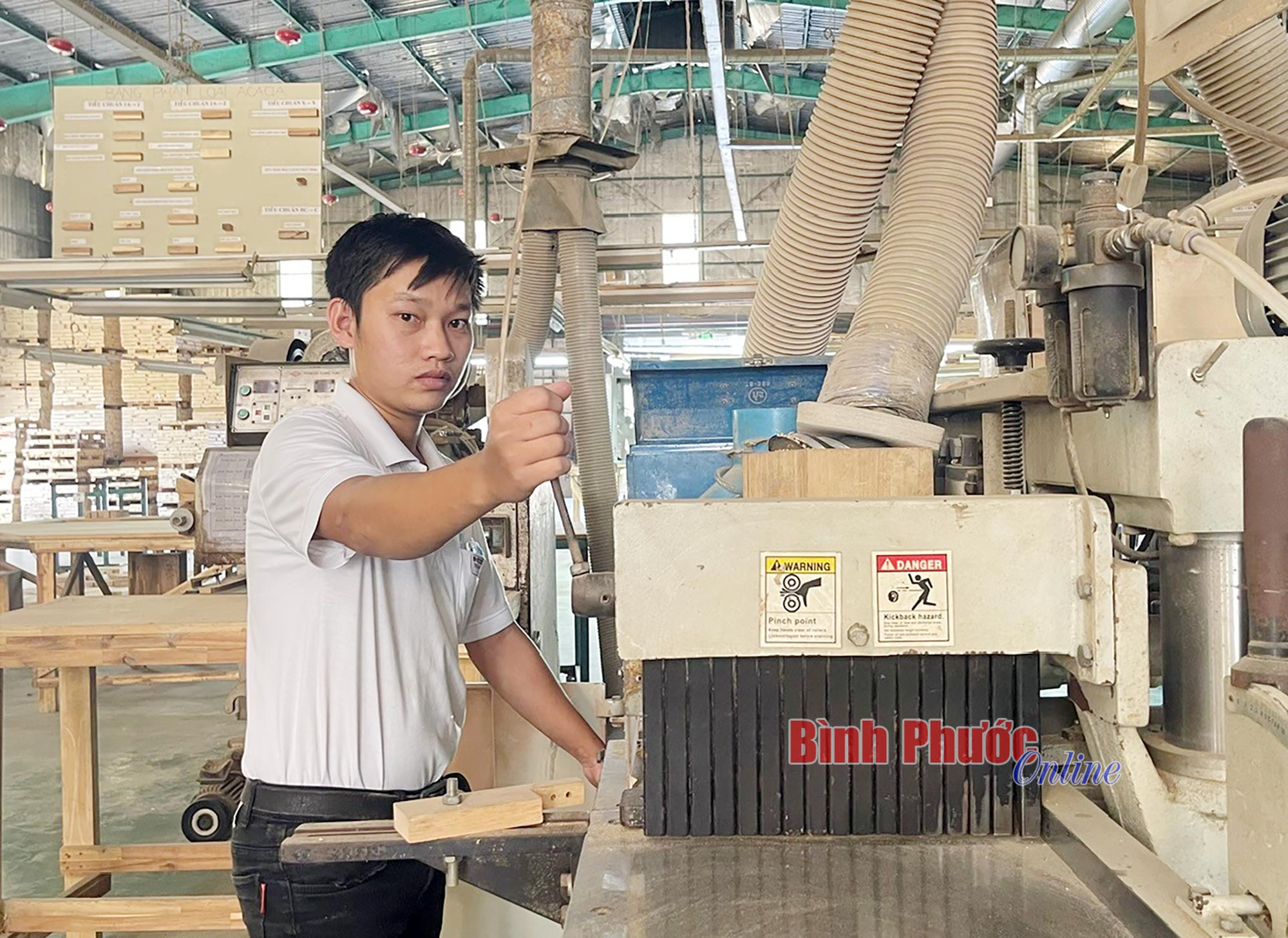
















































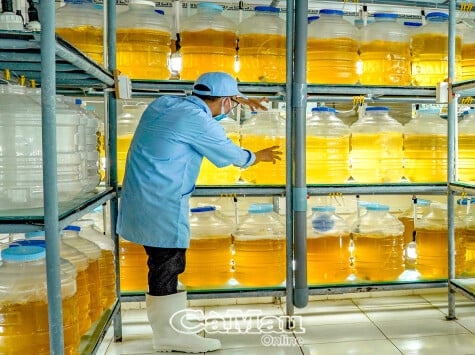


















Comment (0)